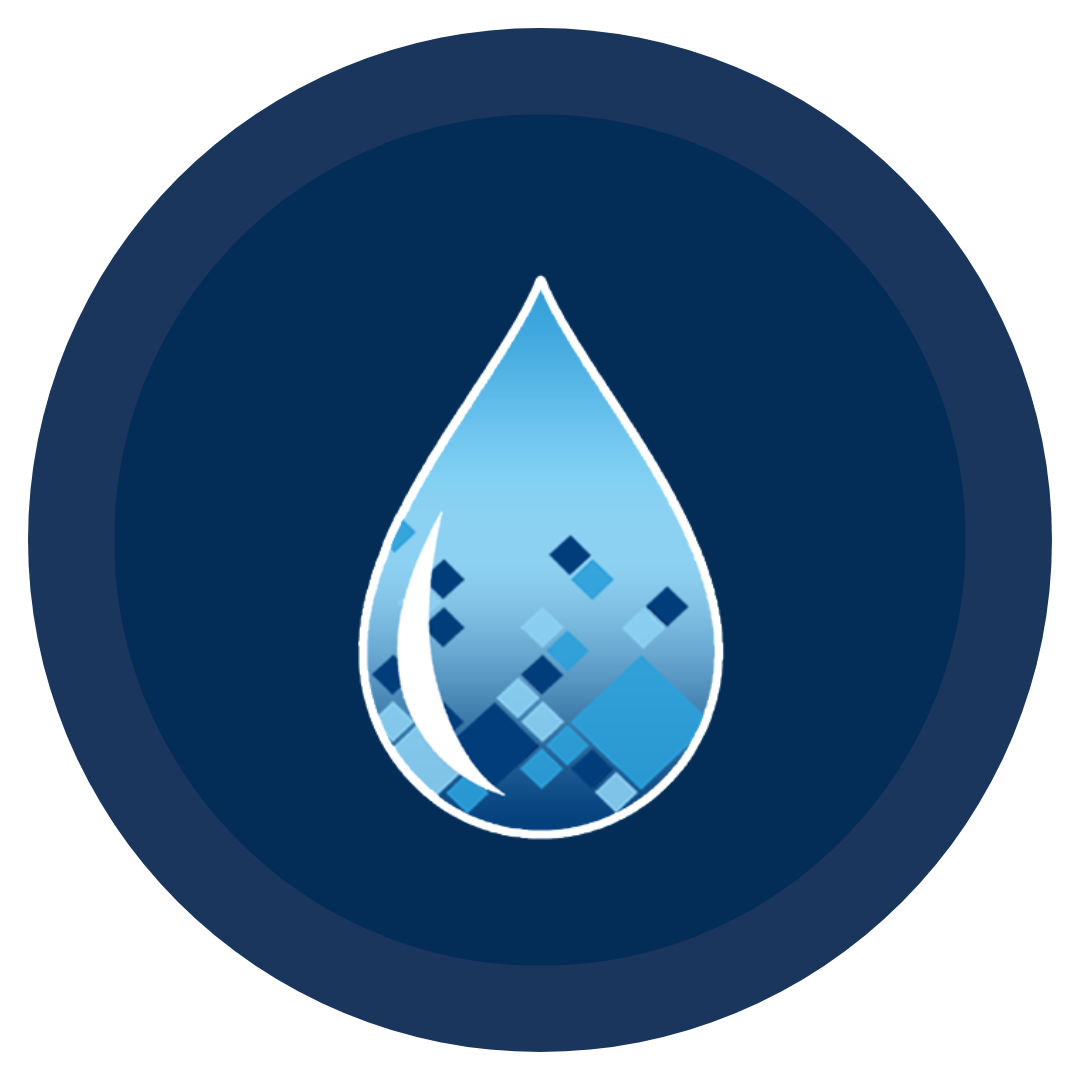Proactively testing for Legionella allows a facility to stay ahead of a Legionnaires’ Disease outbreak. But what about those facilities that repeatedly test positive even after taking necessary action to eradicate the issue previously? The recurrence of positive test results indicates a persistent and potentially systemic problem that needs thorough investigation and resolution. While every building’s water system is different, there could be many different factors contributing to recurring Legionella growth.
Here are a few reasons why Legionella can recur:
Biofilm formation: Legionella bacteria have the ability to attach and form biofilms on the surfaces of pipes and other water system components. Biofilms create a protective environment for the bacteria, allowing them to resist disinfection efforts and survive in the system for extended periods.
Nutrient availability: Legionella requires nutrients to grow and multiply. In some water systems, organic matter, such as algae, protozoa, and other bacteria, can serve as a food source for Legionella, promoting its growth and persistence.
Stagnant water: Stagnant water provides an ideal environment for Legionella growth. When water remains still for extended periods, it can lead to a loss of disinfectant efficacy, allowing Legionella to thrive.
Temperature: Legionella bacteria tend to multiply more rapidly in warm water temperatures, ideally between 68°F to 113°F (20°C to 45°C). Therefore, water systems that maintain these temperatures are at higher risk of Legionella recurrence.
Inadequate maintenance and monitoring: If water systems are not properly maintained and monitored, the conditions that favor Legionella growth may persist. Regular cleaning, disinfection, and monitoring of water systems are essential to controlling Legionella. Delayed detection allows the bacteria to multiply and cause an outbreak.
Water system design: Some water systems may have design flaws that create areas where water stagnates or promotes the growth of biofilms. These areas can serve as reservoirs for Legionella, allowing it to recur even after initial efforts to eradicate it.
Introduction from external sources: Legionella can also be introduced into water systems from external sources, such as contaminated water supplies or neighboring systems. Legionella can be introduced into water systems from external sources, such as contaminated water supplies, nearby cooling towers, or other infected water systems.
To reduce chances of Legionella recurrence, it is vital to enact effective Water Management Plans and adhere to guidelines that minimize the risk of bacterial growth in water systems. Regular monitoring, testing, and maintenance are key elements of these plans, ensuring water system safety and preventing outbreaks of Legionnaires’ Disease.




